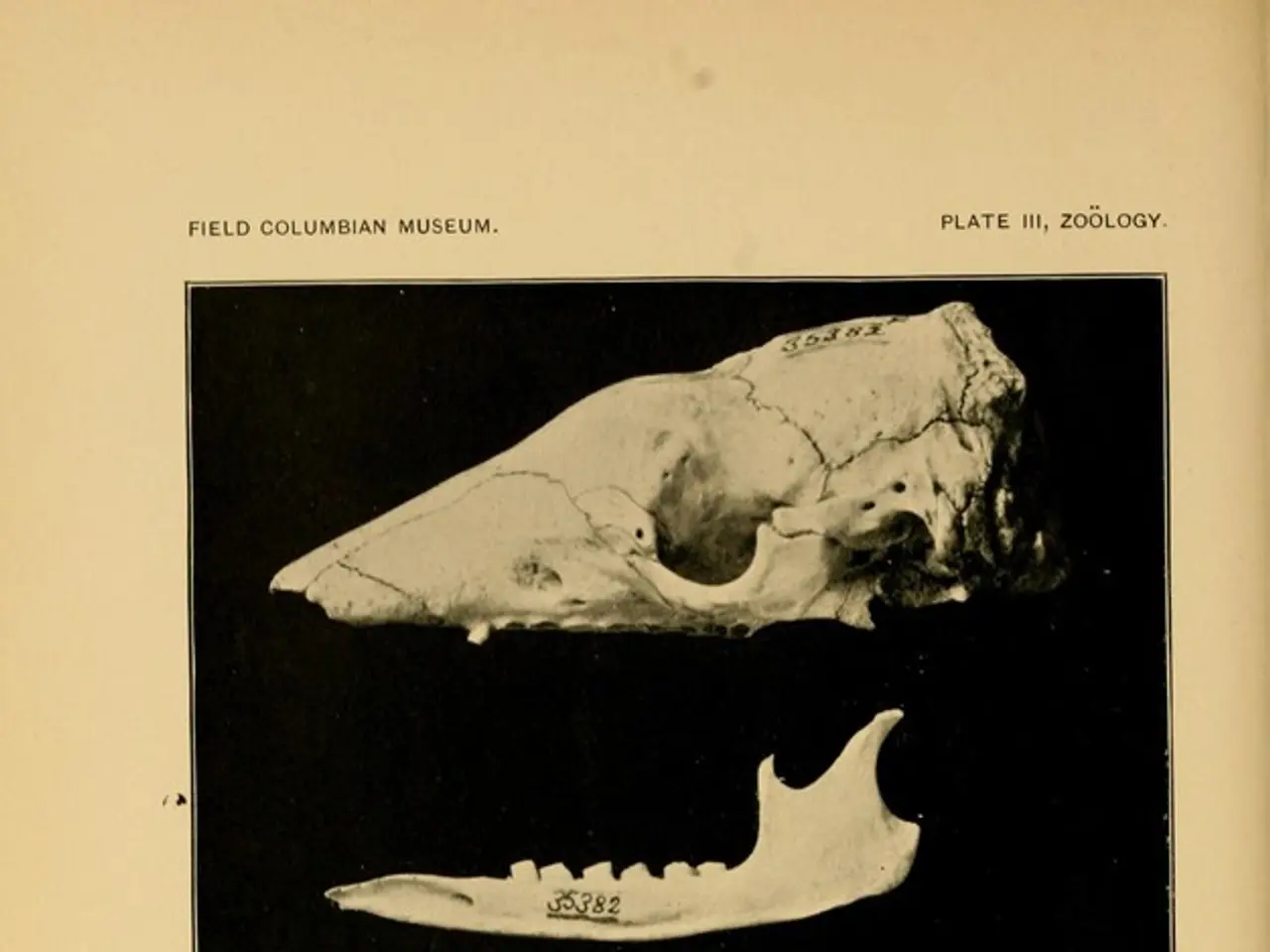Neck's Muscular Triangles: Key to Movement & Stability
The human neck, a complex structure, is home to numerous muscles that facilitate movement and provide stability. These muscles are grouped into distinct triangles, each with its unique functions and inhabitants.
The posterior triangle, situated at the back of the sternocleidomastoid muscle, is a large region containing muscles like the scalene, levator scapulae, and splenius capitis. These muscles aid in head and neck movement and stabilization.
The posterior triangle of the cervical spine, specifically, houses three crucial muscles: the splenius capitis/cervicis, semispinalis capitis, and multifidus cervicalis. These autochthonous muscles play vital roles in extending, rotating, and stabilizing the cervical spine.
The erector spinae, a pair of long muscles running down the back on either side of the spine, also contribute to spine movement and stabilization.
Moving to the front, the neck hosts two main triangles separated by the sternocleidomastoid muscle. The anterior triangle includes four smaller triangles: submental, submandibular, muscular-visceral, and carotid. Each of these contains specific muscles that facilitate actions like swallowing, mouth closure, and larynx support.
Understanding the muscular triangles of the neck provides insight into the intricate design of the human body. These muscles, working in harmony, enable the neck's remarkable range of motion and stability, supporting our daily activities and communication.





